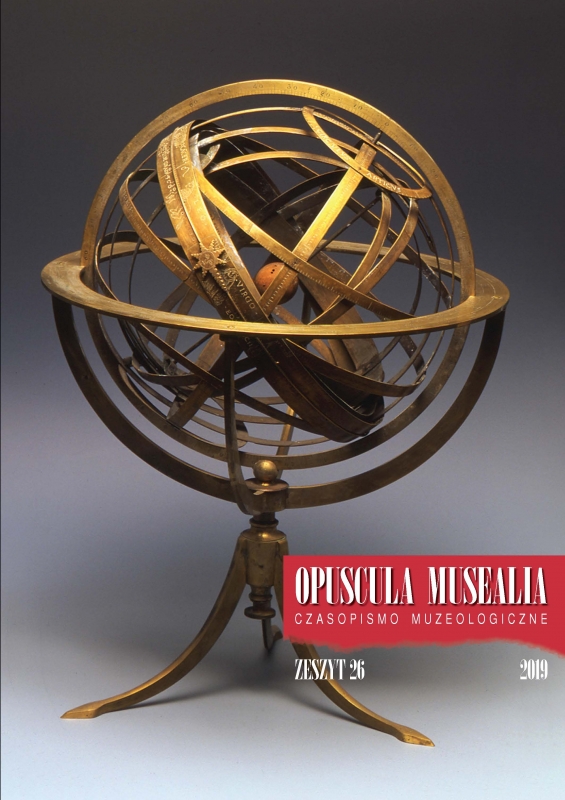Medycyna w ujęciu Jędrzeja Śniadeckiego
Medicine in terms of Jędrzej Śniadecki
Author(s): Ryszard W. GryglewskiSubject(s): Museology & Heritage Studies
Published by: Wydawnictwo Uniwersytetu Jagiellońskiego
Keywords: Jędrzej Śniadecki; historia medycyny; teoria życia; patologia; medycyna kliniczna / Jędrzej Śniadecki; history of medicine; theory of life; pathology; clinical medicine
Summary/Abstract: Jędrzej Śniadecki (1768–1838) remains one of most eminent scholars of his times. Remembered as a founder of modern chemistry in Poland, one of early pioneers in anthropology and social sciences, and author of the two volume book Theory of organic being (Teoria jestestw organicznych), in which the modern metabolic concept of life processes can be considered as grounded; he was also a highly educated and gifted physician. This paper aims to show the importance of medicine in Śniadecki’s theory of life, in its physiological and pathological manifestations in regard to the clinical model and the medical practice which he followed. It deals with the concept of illness as described in Śniadecki’s writings, focusing on the role of irritation and organic reaction as the major components of his proposed pathological model. The dynamic and variable conditions of diseases are explained by means of metabolic changes, which was a truly pioneering concept, already described in Śniadecki’s earlier theoretical works on the subject of life and nature. The paper discusses the problem of influence in terms of the leading medical doctrines at the end of the 18th and the beginning of the 19th century, namely those of John Brown (1735–1788) and François Broussais (1772–1838), on Śniadecki as a researcher and practitioner. For practical (clinical) medicine his reserve towards auscultation and percussion, then a slowly gaining field in clinical subjects, is clearly present in Śniadecki’s writings and teaching. His passive and, as far as we can tell, sceptical attitude is explained by the lack of convincing evidence, based on empirical and experimental data, which would enable to connect the physical signs of a diagnosis fulfilled by means of stethoscope to that of the percussion process. It must be remembered that the books by Adam Raciborski (1809–1871) and Joseph Škoda (1805–1881) were both published in the 1830s, where modern diagnosing methods were established using a suitable scientific background to explain their importance. This was too late to influence the clinical work of Śniadecki. The same scepticism, with an obvious demand for strict and experimentally derived data, is probably responsible for the conservative therapy present in Śniadecki’s teaching.
Journal: Opuscula Musealia
- Issue Year: 2019
- Issue No: 26
- Page Range: 7-19
- Page Count: 13
- Language: Polish

